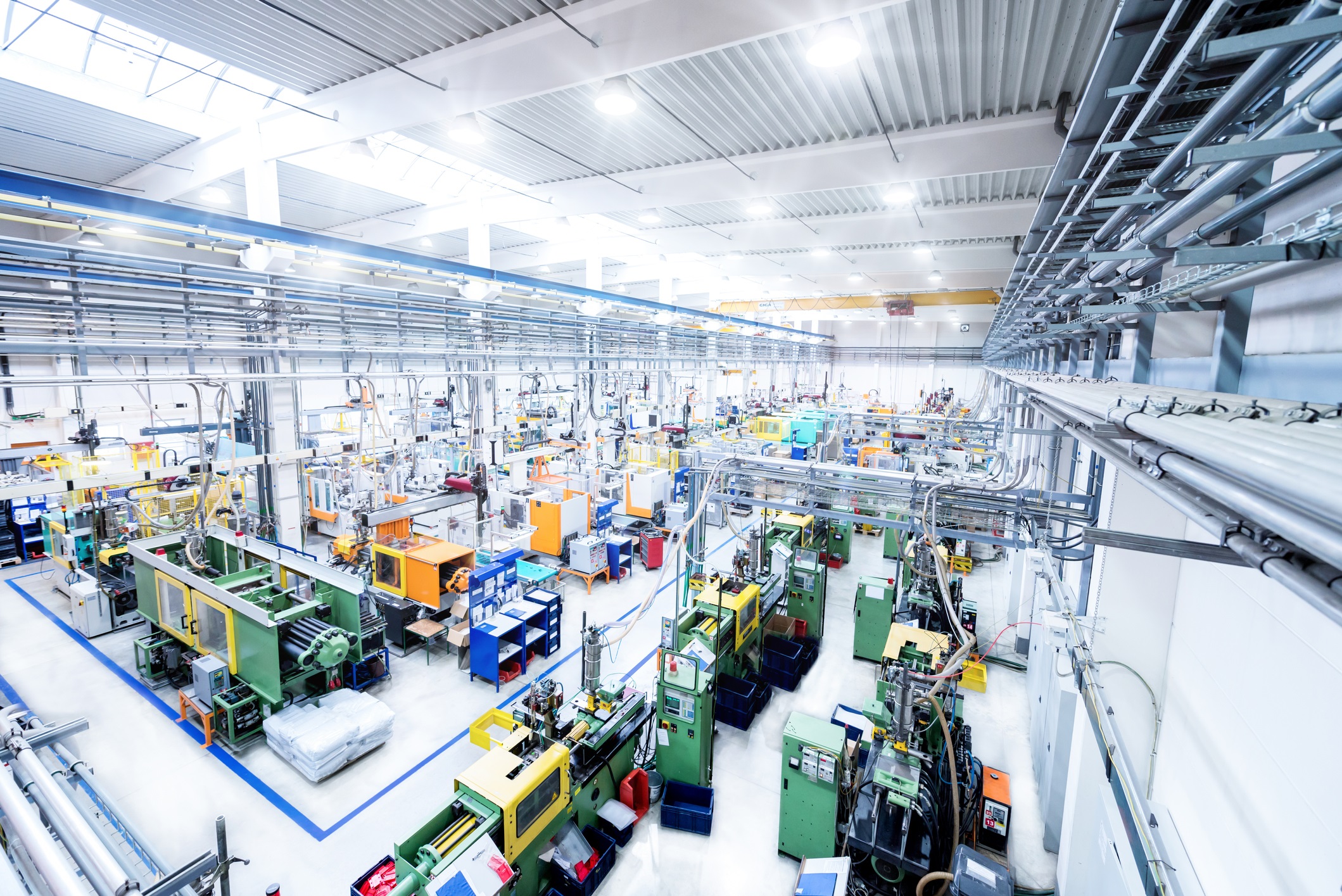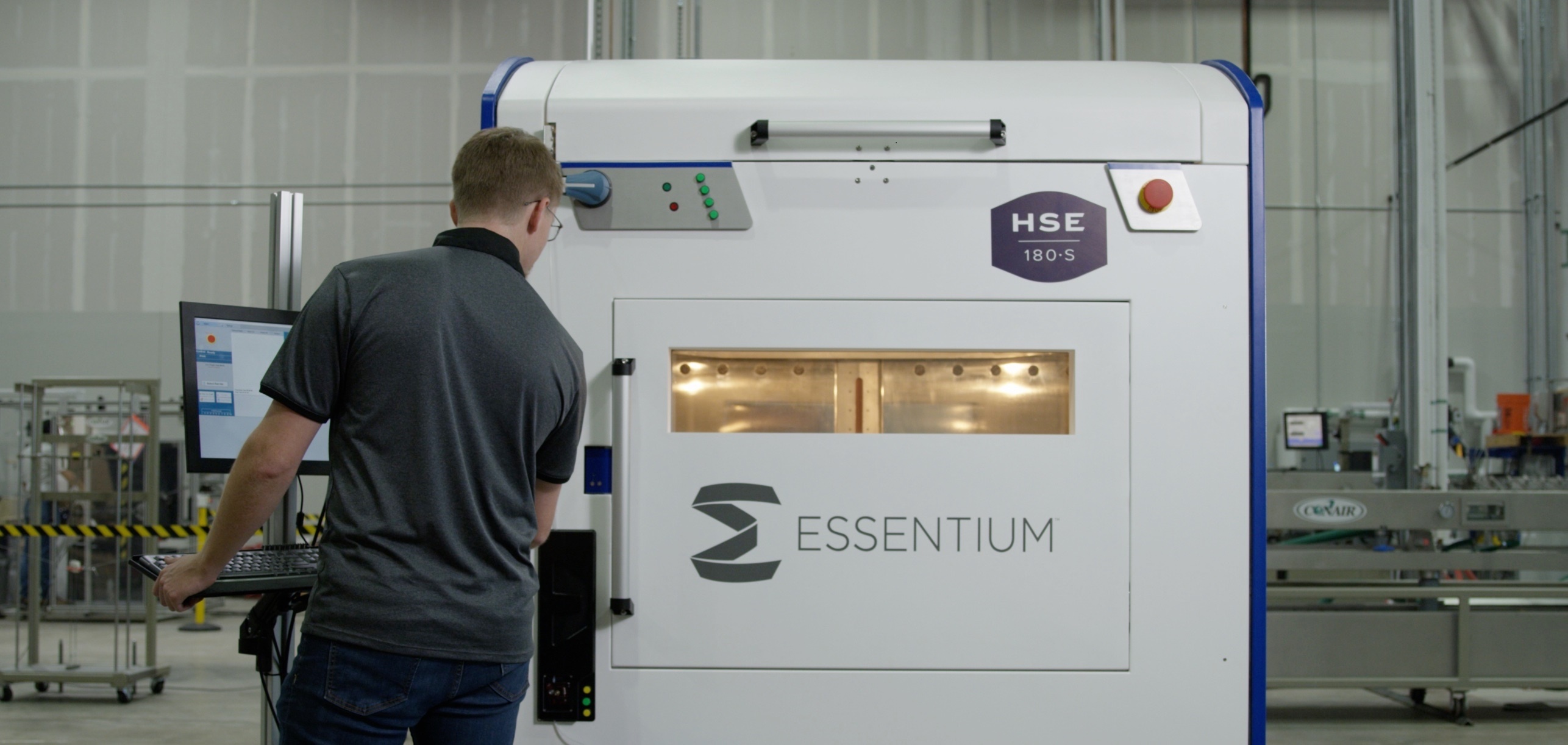August 14, 2019
It’s no industry secret that a well-designed and incorporated jig can save time and money on the shop floor. Yet it can still be hard to justify taking time away from designing a product to design support for a product as it moves through assembly. Rather than taking time to design a custom jig, most shop floors have jigs and fixtures that look more like a graveyard of old parts than tailored workpiece solutions.
So, how can you transition to building jigs with 3D printing AND be confident you’re really benefitting from the advantages of the technology?
Designing a jig with 3D printing requires a lot of the same mindset changes as designing any part for 3D printing, mindset changes such as thinking about the design freedoms rather than design limitations. More on Additive Thinking here. In the end, you’re left with something custom, tailored, and more efficient. Below are a few ideas to get you started on redesigning jigs with 3D printing.
1) take advantage of wall infill
3D printing your jig allows for a continuous, single-unit rather than a hodge-podge of parts drilled together. It also allows for fluctuating structures that can be both strengthened for more stress and reduced in material usage for areas that aren’t going to undergo significant pressures. For example, you can design interior structures within your 3D printed jig that use either less material or more material. This allows you to create more strength in areas that require it or provide lighter weight in areas that do not require extra strength. A common way to factor this in is by filling your 3D printed part with a sparser, scaffolding-like structure rather than doing a complete infill of your interior walls. When designing your 3D printed jig, consider where you can reduce material infill within the walls of your jig to either strengthen areas or allow for lighter areas that use less material.
2) think organically: consider how operators interact with the jig
Where will the operator hold the jig? How will it be placed onto/around/over the workpiece? How will it be removed? Consider the human element in the usage of your 3D printed jig. Because you can print the jig as one unit in one go, you have the advantage of designing in features that are going to make your operator’s job easier. For example, will adding handles help your operators more quickly move the jig into place on the next workpiece? Can they be incorporated without too much added bulk? Small additions like handles can help operators mov a jig more comfortably, which can help eliminate fatigue and speed up turnaround. Another feature to consider is the ease with which a jig can be removed from a workpiece. What can you include to ensure a jig is placed properly and removed without damaging the workpiece? Indicators as simple as handles or feet for your jigs can help operators more quickly move through their job. Small ergonomic features also help protect your workpiece during assembly or other operations.
3) look for opportunities to include interchangeable parts
As with machined jigs, you’ll want to keep in mind places that might benefit from being easily popped out and replaced with a fresh part when designing your 3D printed jig. The 3D printed materials you use will be able to withstand a lot of wear and tear, but remember that you also have the ability to quickly print one-off units for your jig if an area should experience failure. Therefore explore areas of your jig that make sense to have easily removable features. Areas that might receive more pressure, areas that might interact more heavily with the workpiece, are good areas to consider for plug-and-play part features.
4) use the right material
Creating a 3D printed jig with Fused Filament Fabrication (FFF) leaves you with a lot of material options. Choosing the right one largely depends on the operations your jig will be undergoing as it aids in the production of your product. Does the jig need high heat resistance? What kind of stress does it need to withstand? Are there electronics to consider? At Essentium we’ve developed a line of materials specifically for working with electronic assemblies. Our Z Collection of materials maintain thermal and mechanical properties of the base polymer by using carbon nanotubes at very low loading levels within the material to create ESD-safe material. When choosing your material for your 3D printed jig, consider all the options available to you and make the choice that best suits the needs and protections of your workpiece.
5) make it work for your specific workpiece
It’s often repeated, but worth repeating again: 3D printing is best for complicated designs where purpose and function aren’t sacrificed due to manufacturing limitations. This is your opportunity to make a jig that cushions, supports, and meets the needs of the workpiece perfectly. By designing specifically for your workpiece, you can eliminate wear on the workpiece itself as it moves through assembly or other operations. Add in features on your 3D printed jig that support delicate features on your workpiece. Design in channels to carry away chips or other debris from touching your workpiece while it is undergoing work on your 3D printed jig. Provide buffers between your workpiece and clamps that might be required to meet the body of your workpiece. There is a lot of freedom when it comes to designing for your workpiece: take advantage of that freedom.
3D printing jigs specific to your workpiece can result in significant time and cost savings overall. Your product has undergone a lot of design iterations and testing to get to the point where it's ready for final production: its workpiece aids should be just as carefully considered and executed.




